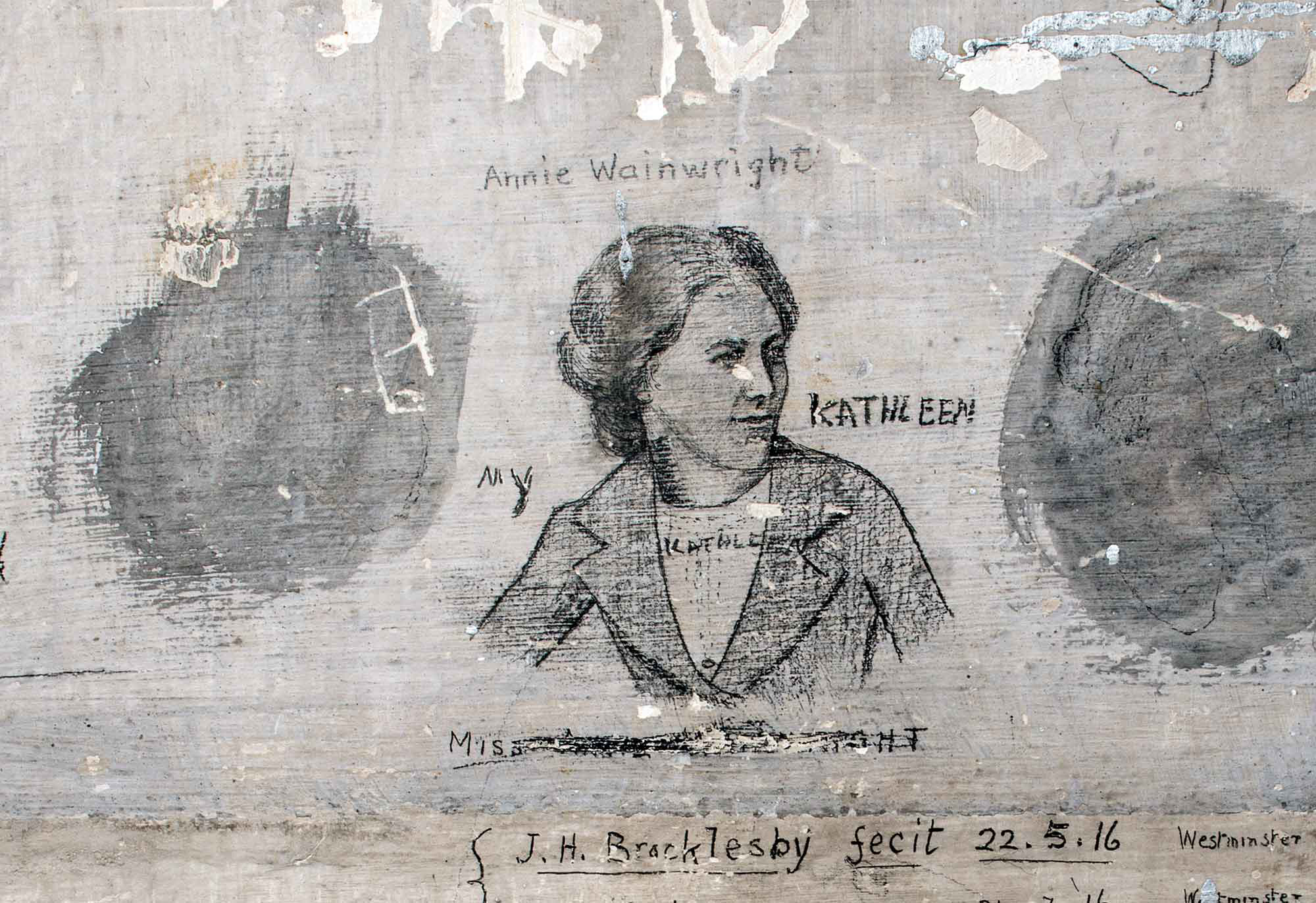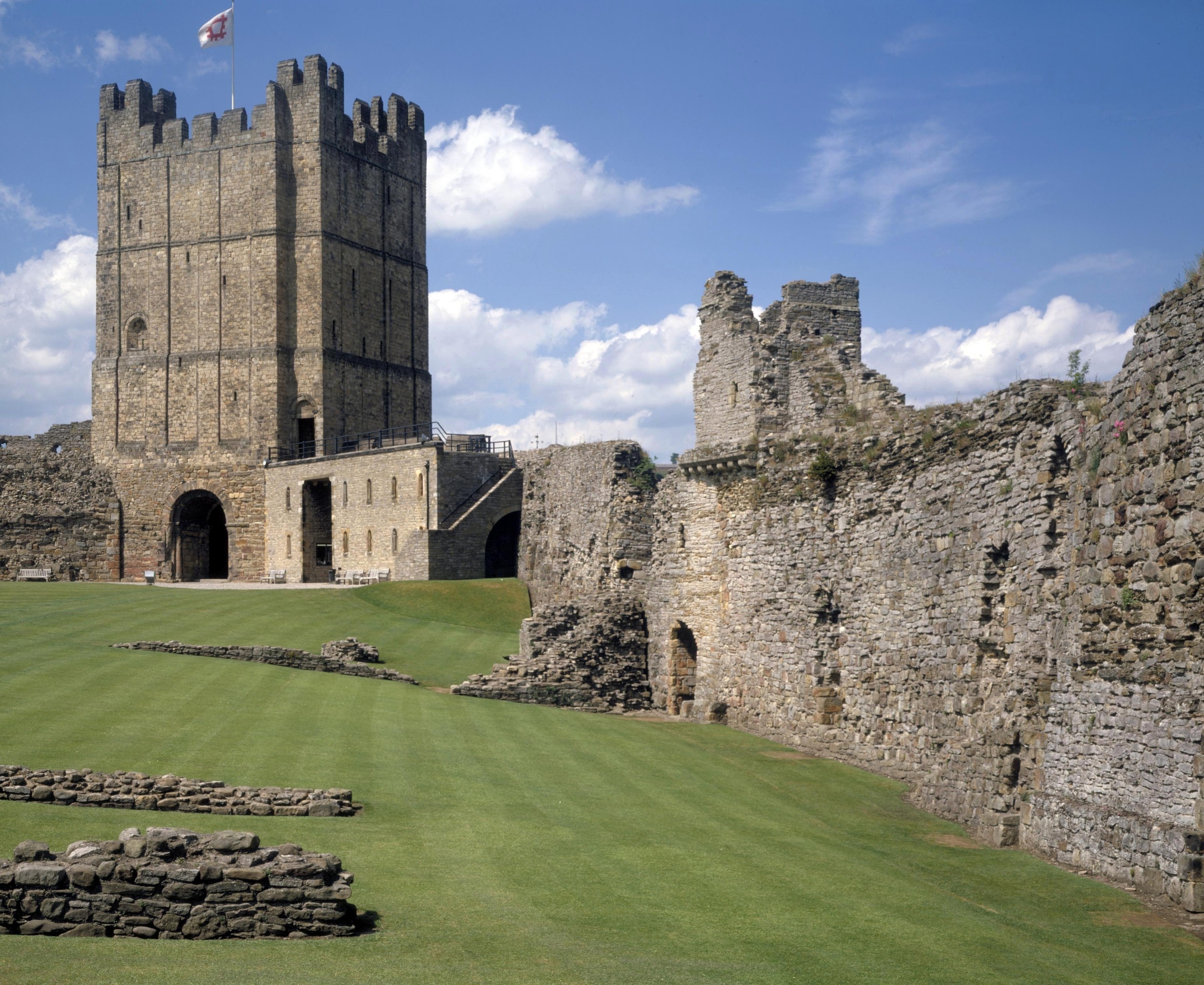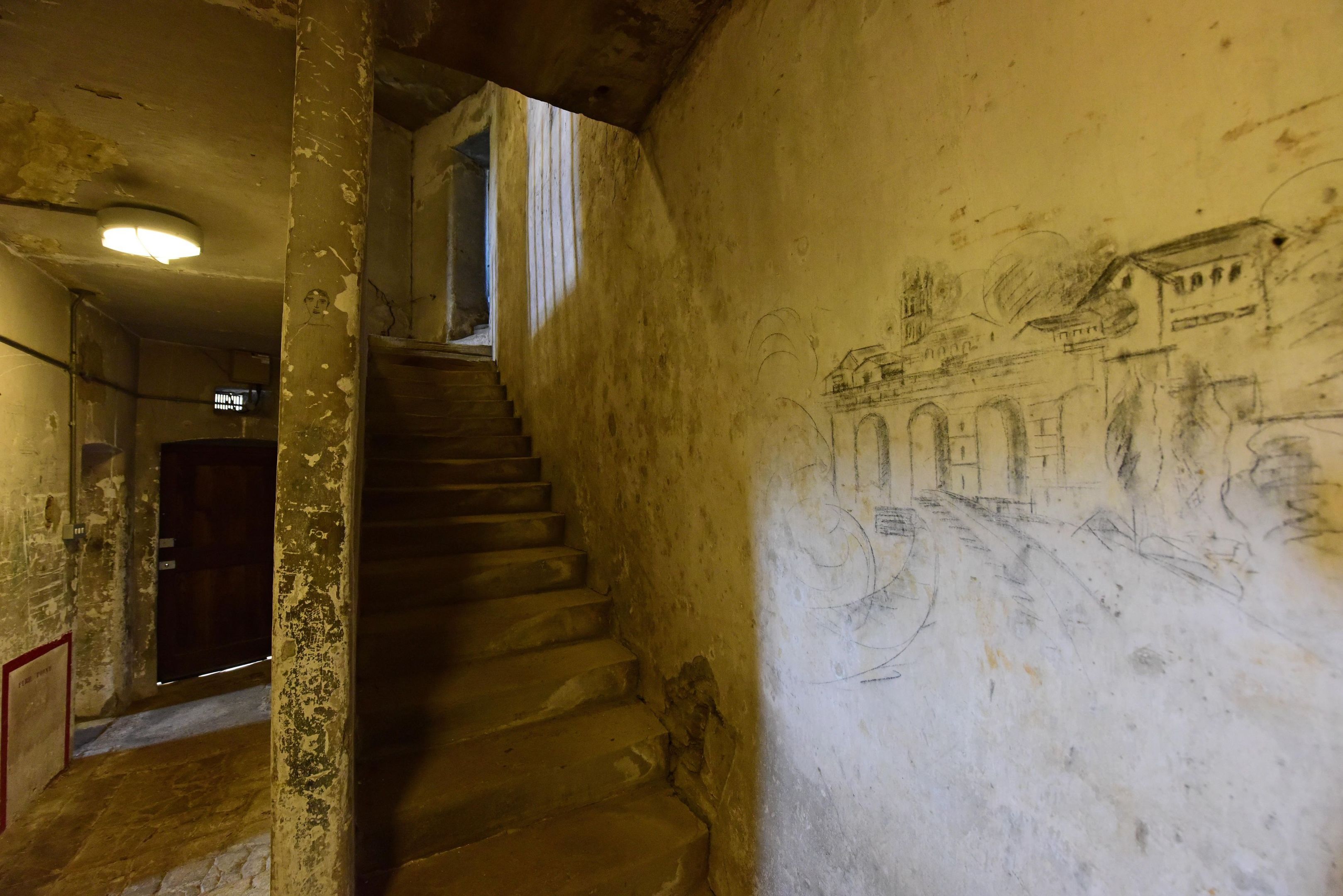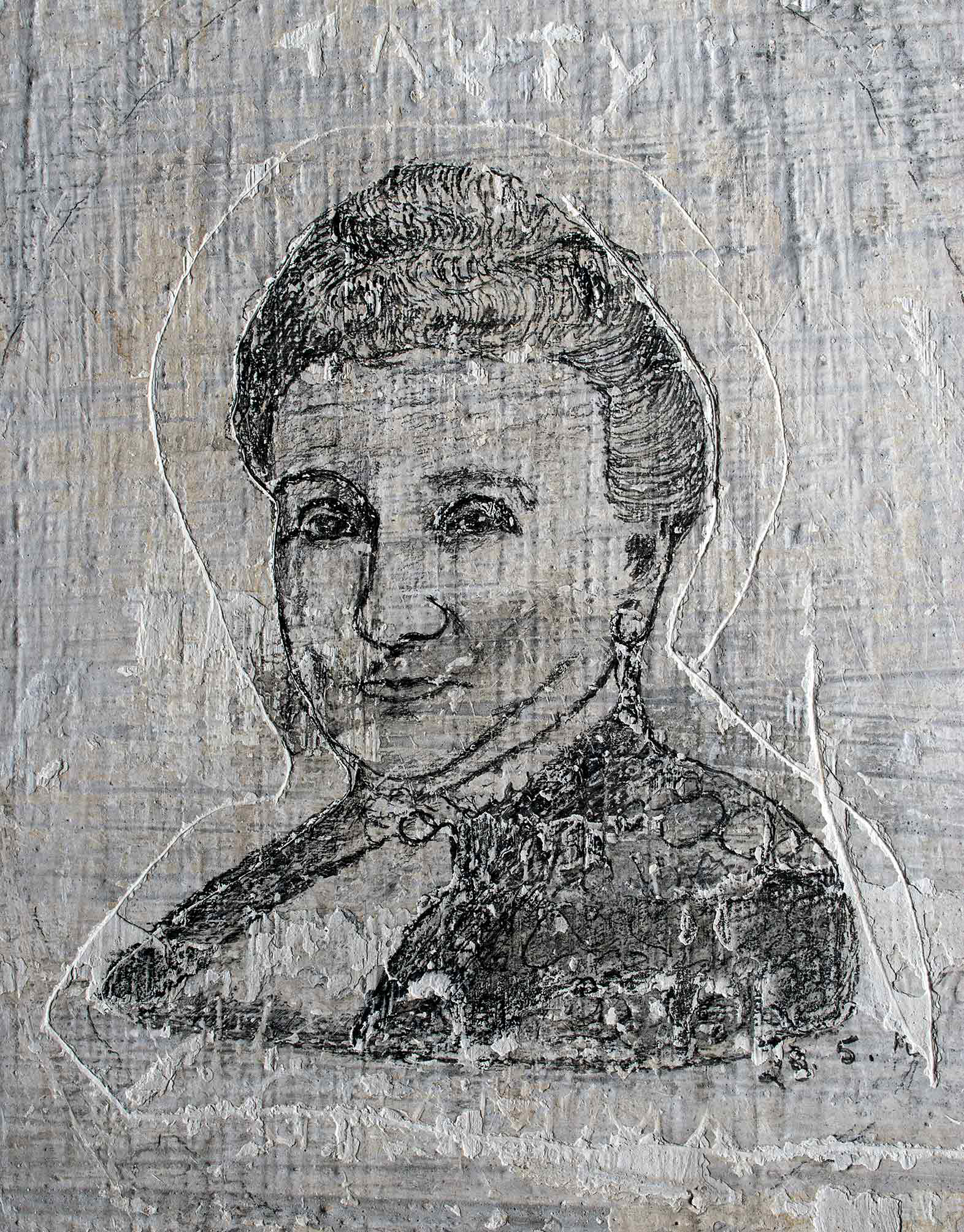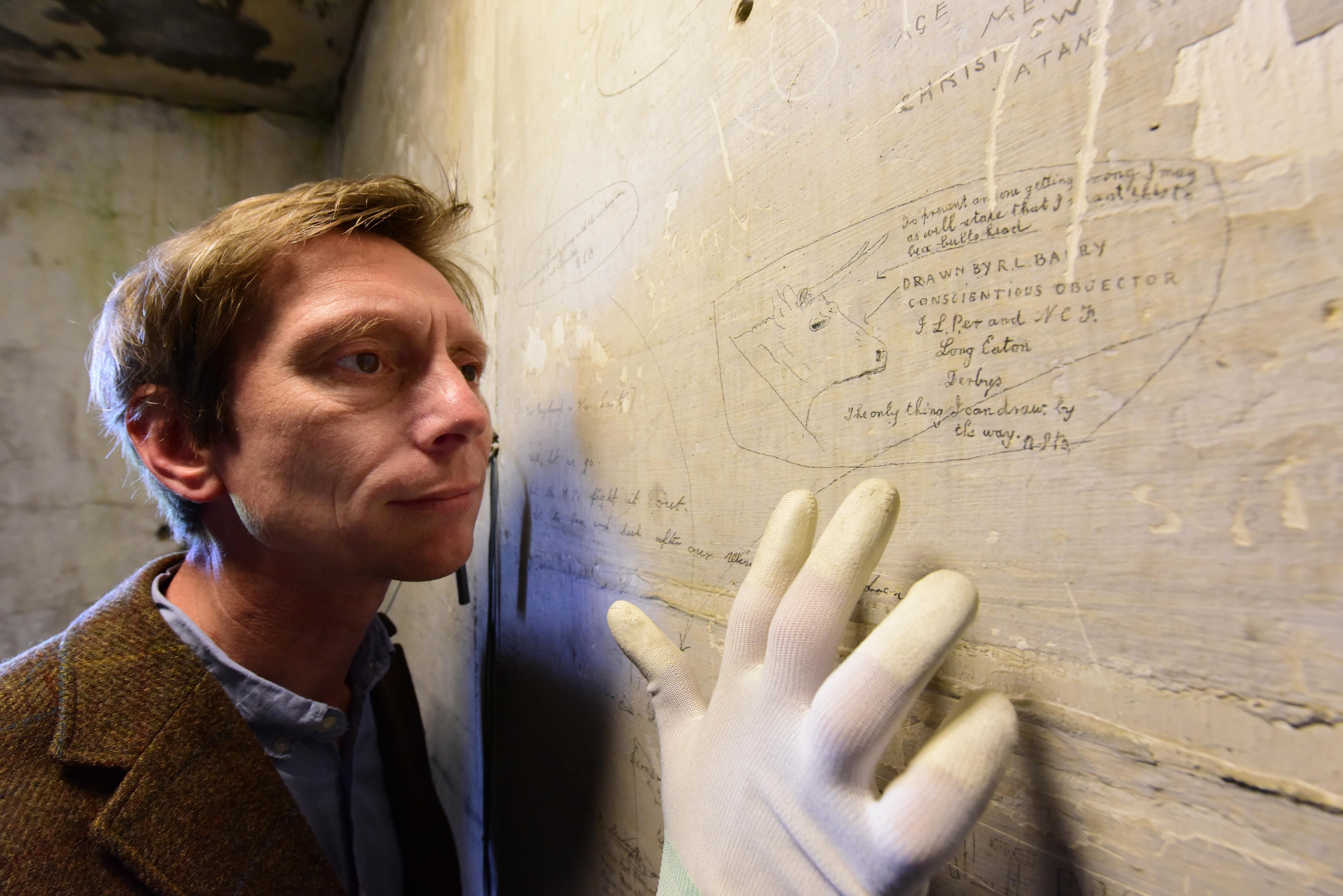
Rare and unseen graffiti drawn by men who refused to fight in the First World War on prison walls as they awaited court martial is to be saved from crumbling to dust.
The hundreds of pencil drawings, political slogans, portraits of loved ones, hymns and poetry on the walls of the 19th century cell block at Richmond Castle, North Yorkshire, will be protected by English Heritage as part of a £365,400 project.
They were made by the “Richmond sixteen”, conscientious objectors including Quakers, Methodists, Jehovah’s Witnesses and socialists who were incarcerated before being shipped to France to face court martial and a possible firing squad.
But rainwater has seeped through cracks in the roof and walls of the cell block, which was not constructed for the long term, and high levels of moisture and damp mean the layers of lime wash and plaster are flaking off, taking the graffiti with them.
A grant from the Heritage Lottery Fund will be used to repair the roof and walls, bring levels of moisture under control and treat the graffiti most at risk of being lost.
Kate Mavor, English Heritage chief executive, said: “These graffiti are an important record of the voices of dissent during the First World War.
“It is remarkable that these delicate drawings and writings have survived for 100 years. Now we can ensure that they survive for the next century and that the stories they tell are not lost.”
Once the surfaces of the walls are stabilised and moisture is reduced so people breathing or moving around in the rooms will not damage the graffiti, the public will be able to view the cells for the first time in 30 years.
Until then, they will be able view them virtually, on the English Heritage website, seeing writings such as the words of socialist Richard Lewis Barry from Derbyshire: “You might as well try to dry a floor by throwing water on it, as try to end this war by fighting.”
The men were incarcerated in May 1916 for refusing to fight after conscription was brought in for the first time.
They were taken from their cells on May 29, and sent to France where a court martial passed a sentence of death, which was immediately commuted to 10 years of hard labour on the orders of Prime Minister Herbert Asquith.
Marjorie Gaudie, daughter-in-law of Norman Gaudie, one of the 16 who became a Quaker after objecting to fighting, said: “He acted from the deepest conviction that all life is sacred. He knew it was wrong to take a life and so he refused to fight.”
He was prepared to die for his belief, she said.
“He and the others paved the way for conscientious objection to be able to come into force, for it to be legal,” she added.
“Although even in the Second World War men had problems and were put into prison, it was more acceptable because of the stand he took. He must have been amazingly courageous to take that stand.”
Her husband Martyn, who was born in 1925, was also a conscientious objector in the Second World War, facing his tribunal when he was still at school.
Norman, a “great sportsman” who played for Sunderland and Darlington football clubs and was also a good cricketer, died quite young, she said, due to the conditions of hard labour and prison, and so she never knew him.
Mrs Gaudie, 78, from near Osmotherley in North Yorkshire, said she and her Quaker group would be remembering all the people who refused to fight on religious and moral grounds on Conscientious Objectors Day on Sunday.
For more information about the project, visit: http://www.english-heritage.org.uk/richmond16
READ MORE
No dignity, No respect, No honour: Second World War hero died tormented by actions of thug
First World War Tommies spent just half their time at the front

Enjoy the convenience of having The Sunday Post delivered as a digital ePaper straight to your smartphone, tablet or computer.
Subscribe for only £5.49 a month and enjoy all the benefits of the printed paper as a digital replica.
Subscribe